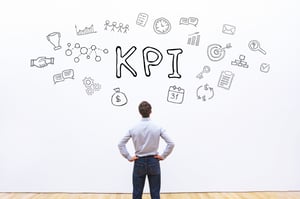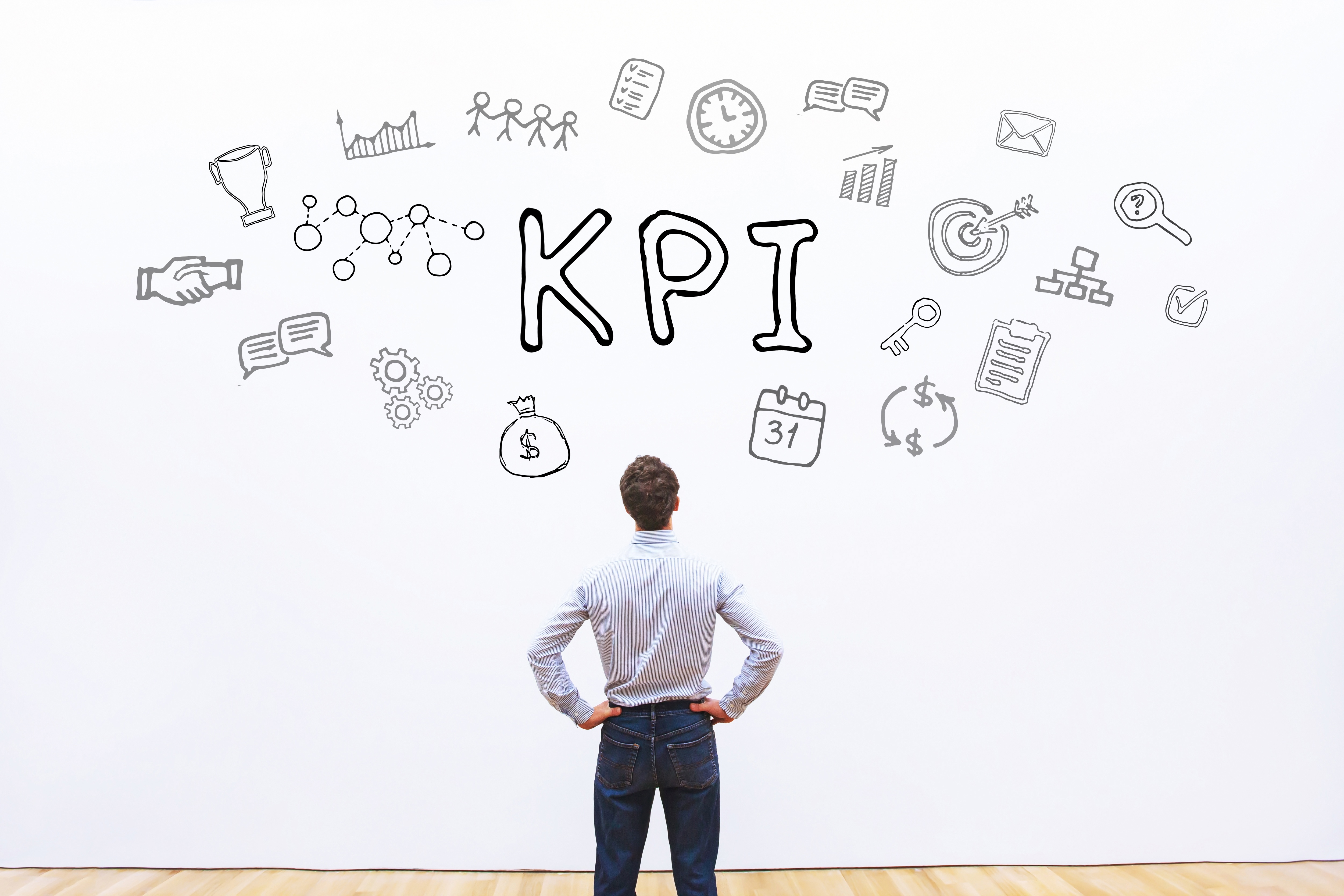The common mistake many companies make is to start creating a bunch of Key Performance Indicators (KPIs) for their  company. They begin with a burst of energy, gather together the team, and work on KPIs in a quarterly planning session. They ask, "What do we need to measure in each department?" This produces 18 to 25 KPIs, a couple for each key executive to work on. Convinced they have changed the company, they dash off excited to see what results they will generate in the upcoming quarter. They should ask,, "How do I create a KPI that measures my team's performance?" A quarter later, many are demoralized, and little progress has been made measuring these KPIs. They lose steam, and by the 3rd quarter, it's back to business as usual.
company. They begin with a burst of energy, gather together the team, and work on KPIs in a quarterly planning session. They ask, "What do we need to measure in each department?" This produces 18 to 25 KPIs, a couple for each key executive to work on. Convinced they have changed the company, they dash off excited to see what results they will generate in the upcoming quarter. They should ask,, "How do I create a KPI that measures my team's performance?" A quarter later, many are demoralized, and little progress has been made measuring these KPIs. They lose steam, and by the 3rd quarter, it's back to business as usual.
How To Create a KPI
- What problem do I need to solve? Pick one for the company that is bugging you and impeding your progress.
- How do I measure progress? Use a leading indicator to measure where you are going, not where you have been.
- What are the SMART Red-Yellow-Green success criteria to determine if the goal is on track?
- What actions should I take to get it, Green, when it is off track?
- What should I do when it's Red or Yellow? What action can I take from the measurement to improve it?
"How do I create a KPI that drives the right actions for my team?"
33 KPI Examples to Measure Productivity & Prevent Organizational Drag
25 KPI Examples for Manufacturing Companies
Employee KPI Examples: How to Measure What (or Who) You Want to Move (Video)
KPI Examples for Successful Sales Teams
Rhythm Systems KPI Resource Center





